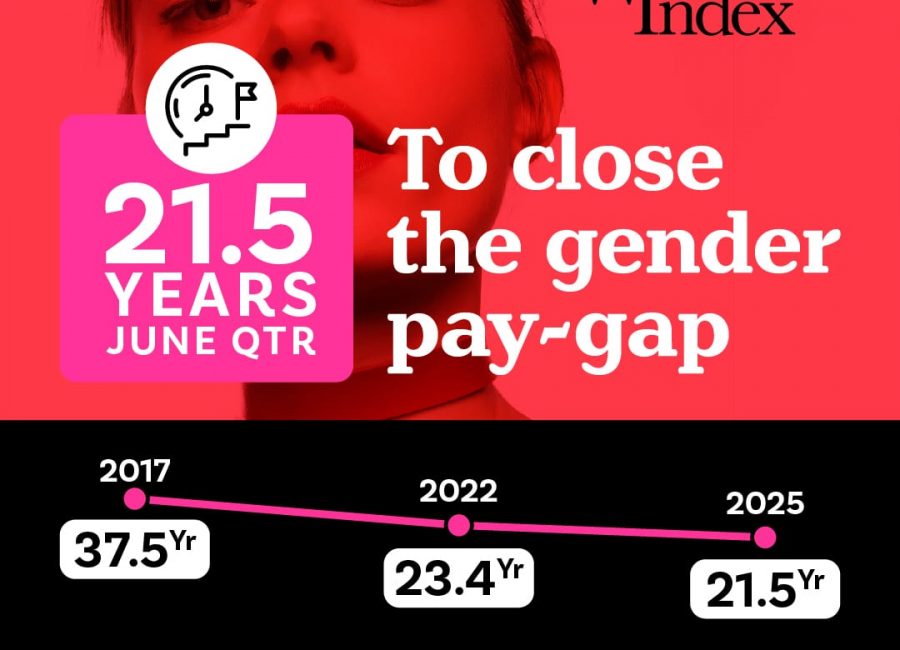Investing is one way that women can build wealth, but the trouble is, not many of us are particularly active when it comes to embracing the many ways we can make this happen.
A comfortable retirement, independence, providing for loved ones and a few of life’s luxuries along the way are all achievable if you use some of your hard-earned money to invest early and wisely.
This is particularly the case if you’re faced with gender gaps in pay or retirement savings.
Investing isn’t just for people with buckets of spare cash. Even if you start by committing a modest amount, with a bit of research, you can develop an investment strategy that works for you.
Here are seven ideas to get you started:
Buy an investment property
Buying property to rent out can be an effective long-term investment strategy. The property market is often less volatile than other markets. It’s also relatively straightforward to navigate: tenants pay down your mortgage while your investment grows in value over time (though there are no guarantees – properties can also lose their value).
When buying property, consider areas where the rental market is strong and capital growth is expected. Also, don’t forget to budget for contingencies; if you lose a tenant, you may need funds to cover your mortgage repayments.
Grow your super
According to the HILDA survey, Australian women retire with less than half the amount of superannuation men retire with. Even if you are just starting your career, it’s worth thinking about investing in your retirement by topping up your employer’s compulsory super contributions with your own.
For those who want more control over how their super is invested, one option is running your own self-managed super fund (SMSF). Make sure you do your homework though – a list of government-enforced SMSF rules is available from the ATO.
Dive into the share market
Investing in shares comes with risk; prices can rise and fall in a short period of time. For many investors, though, investing in shares is not about trying to get rich quick, but investing in shares which are likely to perform well in the long-run.
If you decide to buy shares, take the time to do your research. Most strategies focus on growth (capital appreciation), income (shares that pay high dividends) or a combination of the two.
Join a managed fund
If you want to invest in shares without the stress of researching the market, a managed fund – where money from different investors is pooled into one fund that’s managed by an expert – may be a good option.
Managed funds let you choose your risk level and diversify your share portfolio, giving you access to a range of asset classes. A downside, though, is fees; managed funds typically come with administration, management and performance fees which can eat into your investment return.
Put your spare change to work
Generations before us had it right when they collected spare change in a jar. Today, jars have been replaced with ‘micro-investment services’: online apps, such as Acorns, that monitor your bank account and automatically invest the change from your daily purchases.
Designed to be a simple-to-use product, Acorns gives you a limited choice of portfolios ranging from conservative to aggressive. The fees increase the more you invest, so if you want to invest more than your spare change, consider other products that offer more competitive fees.
Invest in yourself
They say, ‘education is an investment in yourself’ for good reason. While outlaying money or going into debt for training courses, qualifications or a degree can seem like a step backwards, investing in education can pay dividends in the long-run – not just in terms of greater earning potential, but the satisfaction from achieving your career goals.
Many workplaces now have flexible policies that support part-time study, so it’s worth speaking to your manager to see what options are available to you.
Invest in the planet’s future
With issues such as climate change and slave labour hitting the headlines, one strategy gaining traction is ethical investing: making sure your money supports socially and environmentally responsible corporate behaviour.
Ethical investment funds have different strategies. Some avoid sectors considered harmful (e.g. fossil fuel industries); others use their influence to engage with companies and encourage improved environmental or social performance.
For more information on how you can ensure your money makes a positive impact on the planet, visit the RIAA (Responsible Investment Association Australasia) website.












